Redeeming Natural Theology
Consider the lilies how they grow: they toil not, they spin not; and yet I say unto you, that Solomon in all his glory was not arrayed like one of these (Luke 12:27).
We and God are embedded in a universe growing in complexity and beauty. God values this beauty and complexity, because it is the source of growth and diversity in the universe. We see this in the very nature of the Earth. The aesthetics of life exceed what is necessary for survival.
Life is resplendent. While in nature, we often stand in awe and wonder at the glories that life presents to us. We are convinced that God is constantly fostering beauty in life. This is important because it implies a natural aesthetic that is also a divine aesthetic. While there are scriptural examples that describe God as beautiful,1 in this essay, we view the natural world as an indication and as an expression of one of God’s deepest values. The scripture argument that “all things denote there is a God” is often a shallow attempt to simply transfer feelings of awe and appreciation from nature to God. Here we want to take natural theology further. We argue that the existence of beauty as a tool, attribute, and aspect of nature implies that beauty is a source God aims for, uses, and values. Given that the world has evolved to our present state, here we examine the beauty in the natural world that significantly exceeds the requirements of standard accounts of survival or selection. The excess of beauty in the universe implies that God values aesthetics and beauty.
Why look to the natural world for our theological ideas? Almost from the foundations of Christianity, wasn’t the study of nature part of early attempts to explain attributes of God? Wasn’t this considered a form of theology? Even the Savior asked us to “consider the lilies of the field.” The first attempts—such as those of the composer, writer, artist, and Benedictine abbess, St. Hildegard von Bingen (1098 CE to 1179 CE)—focused on how plants and animals were created by God for human use, including food, medicine, and inspiration. The uses of plants and animals were guided by obvious signs reflected in the attributes of the organisms themselves, as with a violet (Viola odorata) that resembles a heart, which Hildegard thought calmed the heart and relieved melancholy. By the time of St. Aquinas, roughly two hundred years later (1225 to 1274), the natural world was discussed as reflecting evidence for the existence of the divine.
Arguments from natural theology formed the basis of evidence for God through much of the period from Plato to Darwin. This is famously illustrated by the watchmaker analogy introduced by William Paley in his book Natural Theology (1802). Imagine that you are on the beach and find a watch. You assume that the watch was made by a human because it is such a complex object, clearly made for a purpose: telling time. Paley extends this metaphor to nature. Since nature is so complex, it must have a designer. Alma makes a similar argument in the Book of Mormon, when he points to the natural world as evidence of God’s existence: “Will ye say, Show unto me a sign, when ye have the testimony of all these thy brethren, and also all the holy prophets? The scriptures are laid before thee, yea, and all things denote there is a God; yea, even the earth, and all things that are upon the face of it, yea, and its motion, yea, and also all the planets which move in their regular form do witness that there is a Supreme Creator” (Alma 30:44). Similar to Paley, Alma argues that the complexity and organization of nature require the existence of God. Paley’s work inspired natural scientists (who were often clergymen) to study nature and publish their findings in natural history journals in the late eighteenth and early nineteenth centuries. However, after Darwin problematized a simplistic reading of God’s hand in creation by providing a natural mechanism for novelty in the universe, a straightforward reading from natural theology opened more questions than it answered.
Charles Darwin initially saw himself as one of these natural scientists. As a student, he was impressed by the clarity of Paley’s argument. However, Darwin eventually rejected the clergyman’s explanation after he developed his own theory about how life gradually changes through natural mechanisms of selection, trait inheritance passed down from parents, and mutation to maintain heritable variation:
The old argument of design in nature, as given by Paley, which formerly seemed to me so conclusive, fails, now that the law of natural selection has been discovered. We can no longer argue that, for instance, the beautiful hinge of a bivalve shell must have been made by an intelligent being, like the hinge of a door by man. There seems to be no more design in the variability of organic beings and in the action of natural selection, than in the course which the wind blows. Everything in nature is the result of fixed laws.
Darwin’s discoveries about how organisms change to become more adapted to their local environment over time showed how nature itself, without intervention from non-natural sources, could change organisms through natural selection, and could produce designs more complex than any human artisan could achieve. This idea changed the world, and today we know that the processes of natural selection and evolution can create complex life without a sentient designer driving the process. While evolution does not rule out the existence of God, it does provide an explanation for life without supernatural intervention. Some of Darwin’s followers used this to draw hard lines between religion and science. Darwin, however, did not see a contradiction. At the beginning of On the Origin of Species, Darwin quoted Francis Bacon in an epigraph, which encouraged intellectual humility. The quote emphasized how no one “can search too far or be too well studied in . . . the book of God's works.” “God’s works” includes the natural world that uses evolution to change organisms over time.
Let’s look at natural theology in a new way. What if we revisited the idea of a natural theology that paid close attention to nature not only as a form of religious belief but as a way to understand attributes of the divine—but with an updated understanding of our place in nature? Specifically, are there things to be learned about God through the science of evolution and beyond? We have to be careful because part of the dismissal of natural theology is embedded in some troubling conundrums. For example, if the beauty and complexity of life attest that there is a god, what does the ugliness and stupidity of life attest to? The process of evolution can be seen as massively cruel and horrific. It does not optimize, it is blind to suffering, and does not seem to steer away from indescribable pain. This poem by one of us (Rachel) captures this nicely:
All Things
All things denote there is a God (Alma 30:44).
The slow suffering of my serviceberry bush covered in aphids,
Cornfield ant slavery to a citron ant queen,
The habitual gang rape perpetuated by mallards,
dolphins humping everything.
A stressed hamster eating her own pups.
Forests of hardwood chestnuts, lost to blight.
Children who cannot swallow and must be fed through a tube.
Maggots in the flesh of an organism still living.
Featherless, newborn bird. A crow's breakfast. God.When we identify processes and patterns in nature, what do they tell us about creation and God’s commitments? Does God love beauty more than he wants to prevent suffering?
Rachel’s daughter has a rare duplication of some chromosomes, which has caused her to have disabilities that make it difficult for her to walk or talk. Many other children have maladaptive genetic mutations. Their suffering seems like a cruelty imposed on them by God, who chose to use natural selection to change organisms. Why does God cause pain and suffering by using a system that relies on genetic variation, which enables maladaptive mutations? Why use evolution to create life? God clearly values a certain amount of randomness and novelty, at the risk of creating forms of life that are tragically imperfect. Some organisms are unable to reproduce; some organisms do not survive. This process is bloody, cruel, and in many cases, horrific. Suffering is part of life—and even God is subject to it.
This is something we have to keep in mind—God suffers. There seems no escape from this. Eugene England noted that where Christ recounts his suffering in Doctrine and Covenants 19, he breaks off the sentence as if the trauma is too much to describe in detail. The heavens weep. Suffering seems to be one of the elements of existence, even divine existence. But so is joy. Recall Lehi’s words, “For it must needs be that there is an opposition in all things” (2 Ne. 2:11). Let’s acknowledge that one thing that evolution is very good at, besides creating suffering, is creating beauty.
How does evolution create beauty? How can a blind, undirected process turn the stuff of mutation, inheritance, and natural selection into beauty? Because beauty is involved in so much of Earth’s life. The beautiful song and color of birds, the glorious patterns and hues of reef fish, butterflies flitting through the air, the taste of honey, the flowers of apricots, and the varieties of all the flowering plants. Truly, the world is glorious and beautiful. But in all the evidence of the beauty of creation, there are hard details of a deep-seated bleakness. Even so, it is enlightening to look at the details to see how intricate and involved this process is.
For example, a peacock’s tail illustrates the way that beauty functions as communication among agents in nature. Peacocks compete with the display of their tails to attract a mate. While the peacock’s tail is encumbering, it’s still possible to survive with it. There is currently debate about whether or not sexual selection can be independent of natural selection. Many scientists see sexual selection as a subset of natural selection, arguing that the traits that animals see as sexually attractive are nothing but an honest signal of that organism’s health and fitness. However, evidence is accumulating that sometimes they are not. In The Evolution of Beauty, ornithologist Richard Prum argues that beauty is not about fitness but is “the result of a coevolutionary dance between desire and display.” In this discussion of sexual selection, it’s important to note that the factors that lead organisms to reproduce are varied and complex. Female aesthetic preference can overlap with the results of male competition, adaptive traits, simple sensory preferences for the novel or the known, or other factors.
This tempts some reductionist thinkers to claim that this is all that beauty is—matter in motion with no other purpose than to allow organisms to find mates. However, as Katya Mandoki argues in The Indispensable Excess of the Aesthetic, beauty runs deeper than its utilitarian use. She maintains that the aesthetic exceeds what is necessary for evolutionary needs. This is why we and birds can agree on the beauty of birdsong and why we and bees can agree that flowers are beautiful—although our attention to this beauty may serve different purposes in different species’ needs. This does not exclude use by organisms for purposes of survival, but it does show that the beauty that they use is a part of the universe as well. This is also visible when evolution with complex factors emerges, as is found in plant life. Both of these factors, real beauty and evolutionary need, are in play; they are both drawing on universal realities.
Evolutionary science reduces the beauty we see in nature as merely determined by mate choice and sexual selection. Beauty is a way to attract a mate. But beauty in the universe exceeds that required by evolution. One example of beauty transcending self-serving utilitarian purposes is that humans find flowers beautiful. David Deutsch found that flowers are universally beautiful to humans, even though they coevolved to attract insects. Flowers, unlike leaves or waterfalls, are designed to be attractive. Their universal attraction suggests that they are using a universal language—that of beauty. Beauty and aesthetic values are a deep part of the universe. They are not just a matter of taste or cultural consensus but a part of the attributes of much of creation. The way that trait selection can change evolving bodies over time implies that there are processes that seem to be built into the universe to increase beauty. Like birds, humans feel attracted to traits that may or may not be adaptive. Does a beautiful singing voice, dimples, or a killer sense of fashion help a person survive? Most of the time, no (although professional singers and wardrobe managers exist). Beauty can transcend fitness.
Aesthetics seems to be part of the design of the universe. Perception of beauty in nature is not human-centric. It is an expression of how multiple systems work together. God created a system that allows us to see beauty all around us in the natural world, so we argue he must value it and the ecosystems that allow its creation. God’s craving for beauty is one attribute of the divine.
Rachel Meibos Helps (@helpsful.reviews) and Steven L. Peck (@sciencehoroscope) are BYU hedge theologians who are fascinated by the intersection of theology and science. Their fiction imagines alternate universes, while their nonfiction thoughtfully combines curiosity and relevance to this world.
Art by Marianne North (1830-1890).
One example: Isaiah 53:2, “there is no beauty that we should desire [God].”




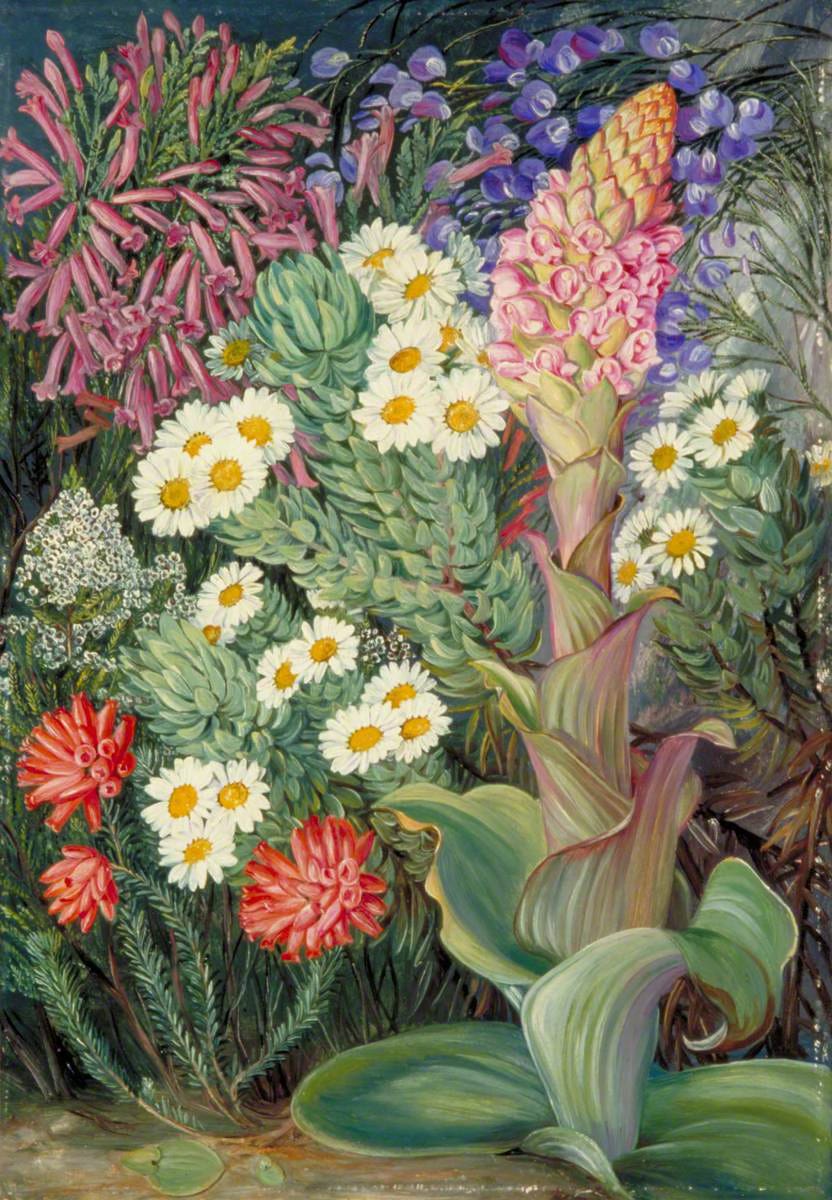
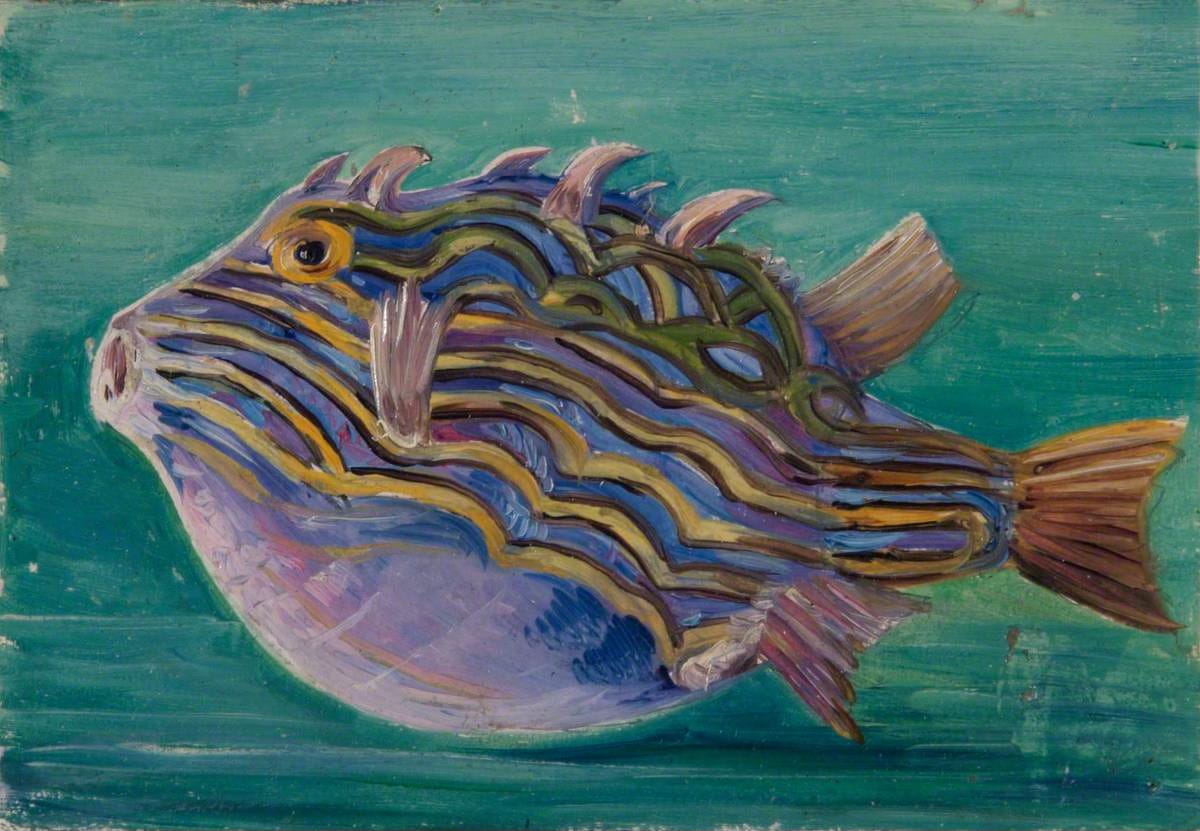
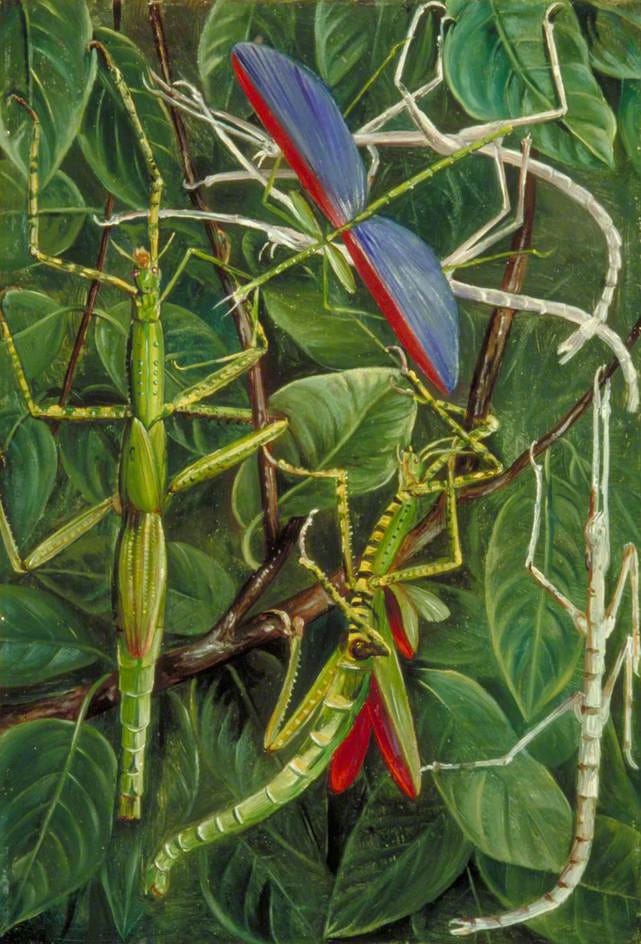
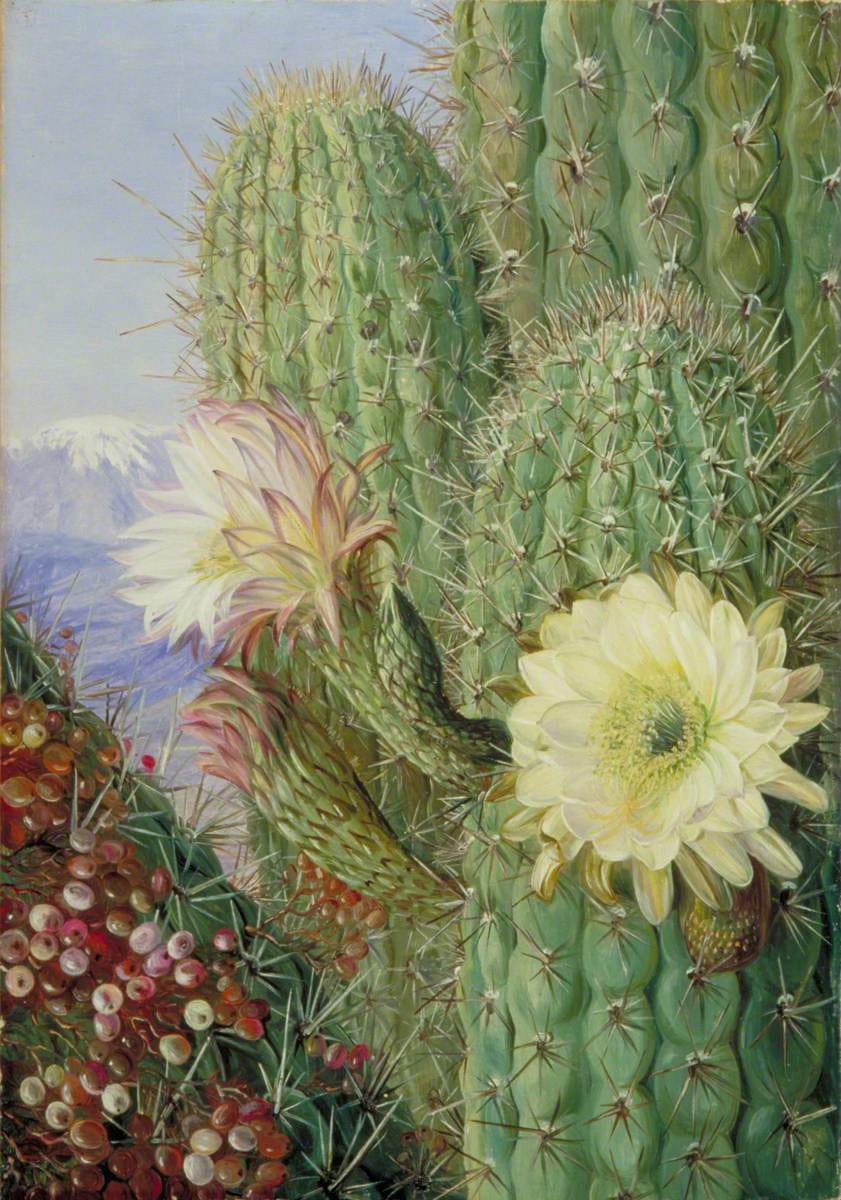
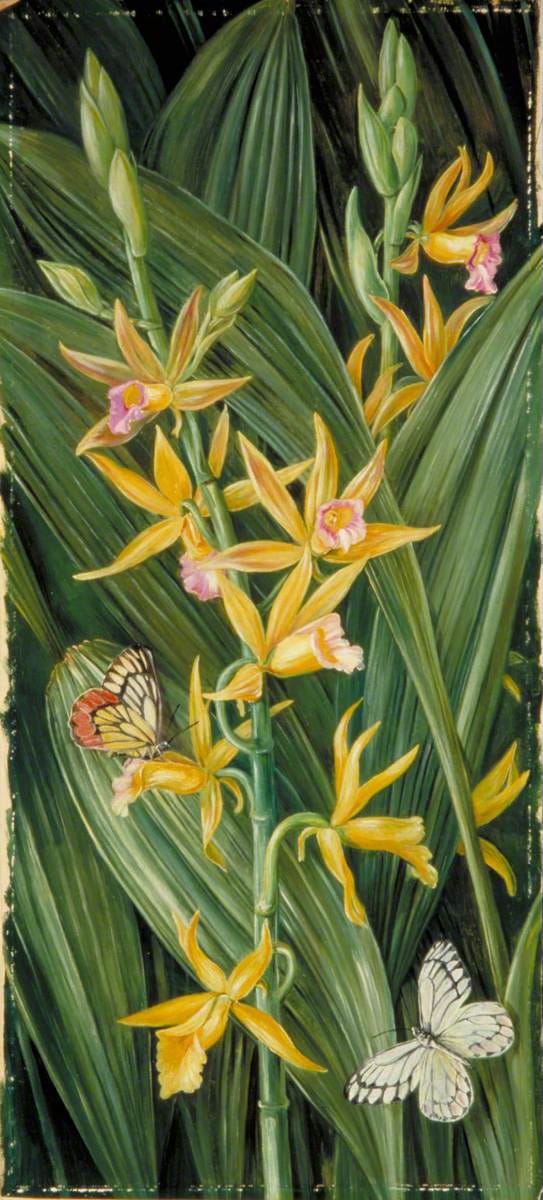
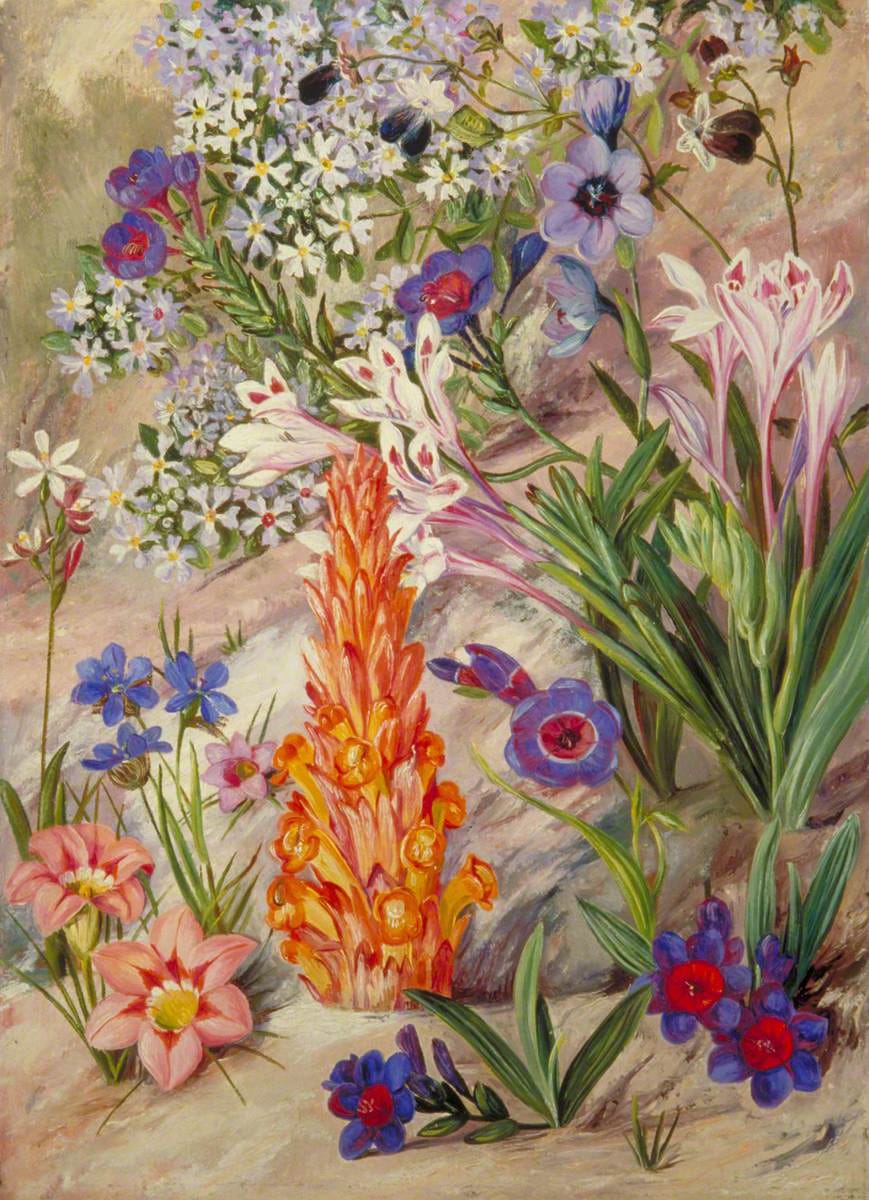


.
This is an excellent companion text to the chapter "Time" in Adam Miller's ORIGINAL GRACE which I just read last night. His seafloor-magma metaphor positing ongoing creation is a) excellent on its own but also b) reshapes now in a way similar to what Rachel and Steven are arguing here. Suffering, beauty, us, God---all these things are happening now. And that's wonderful.